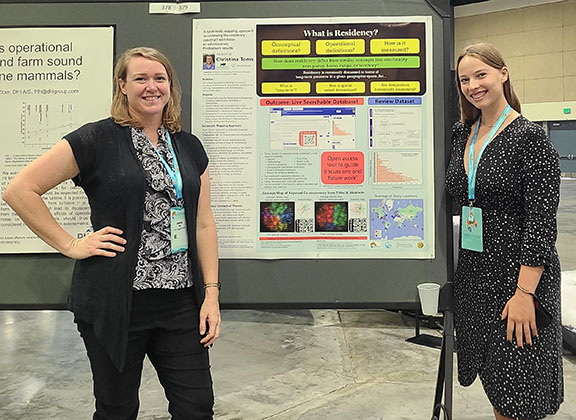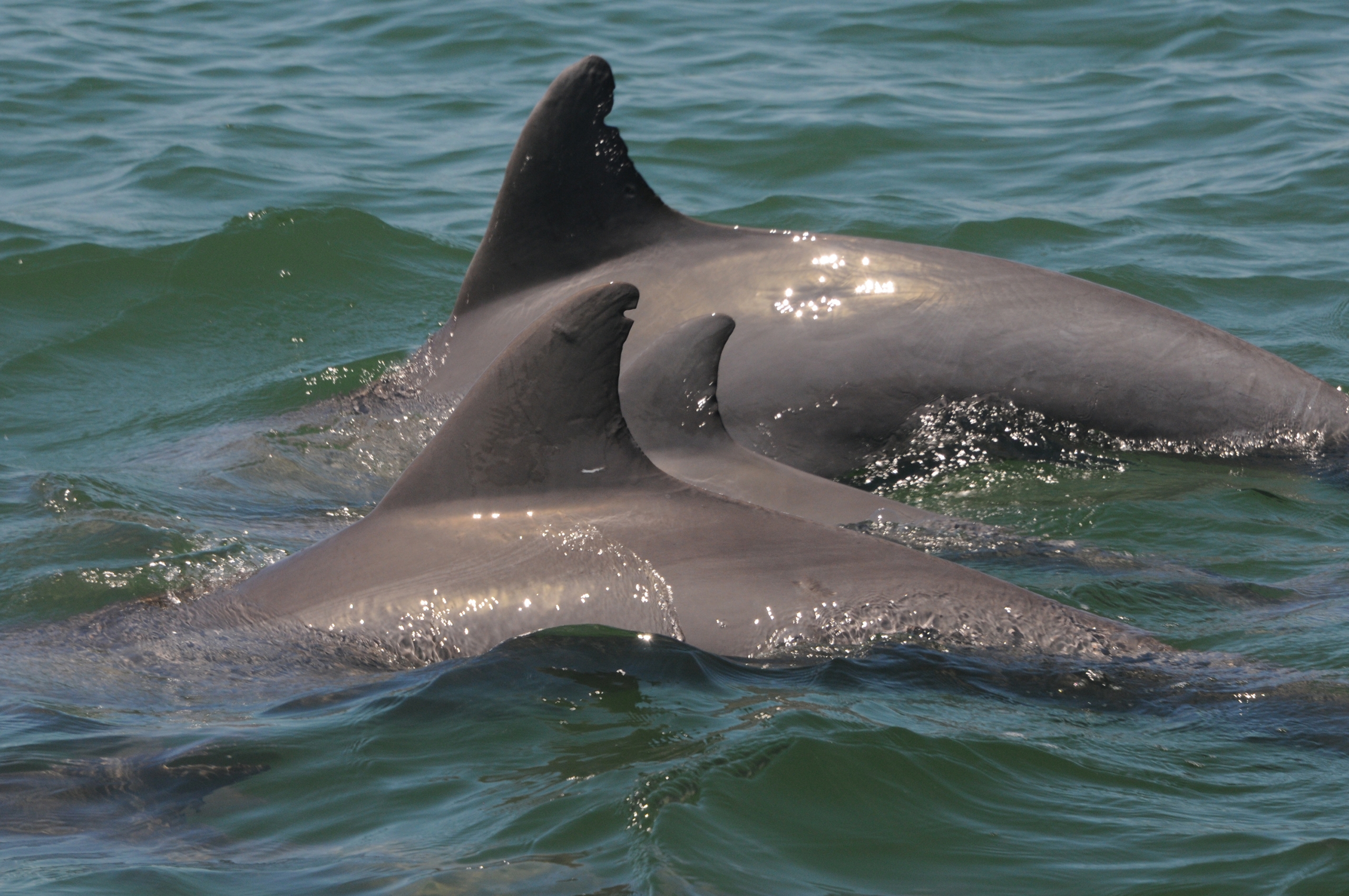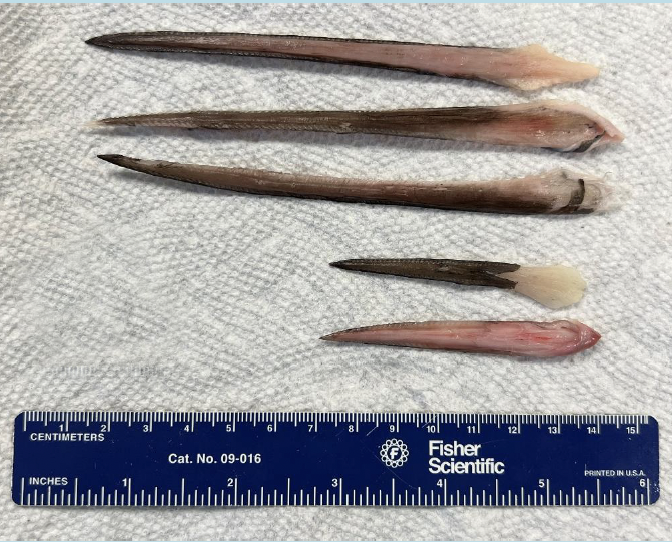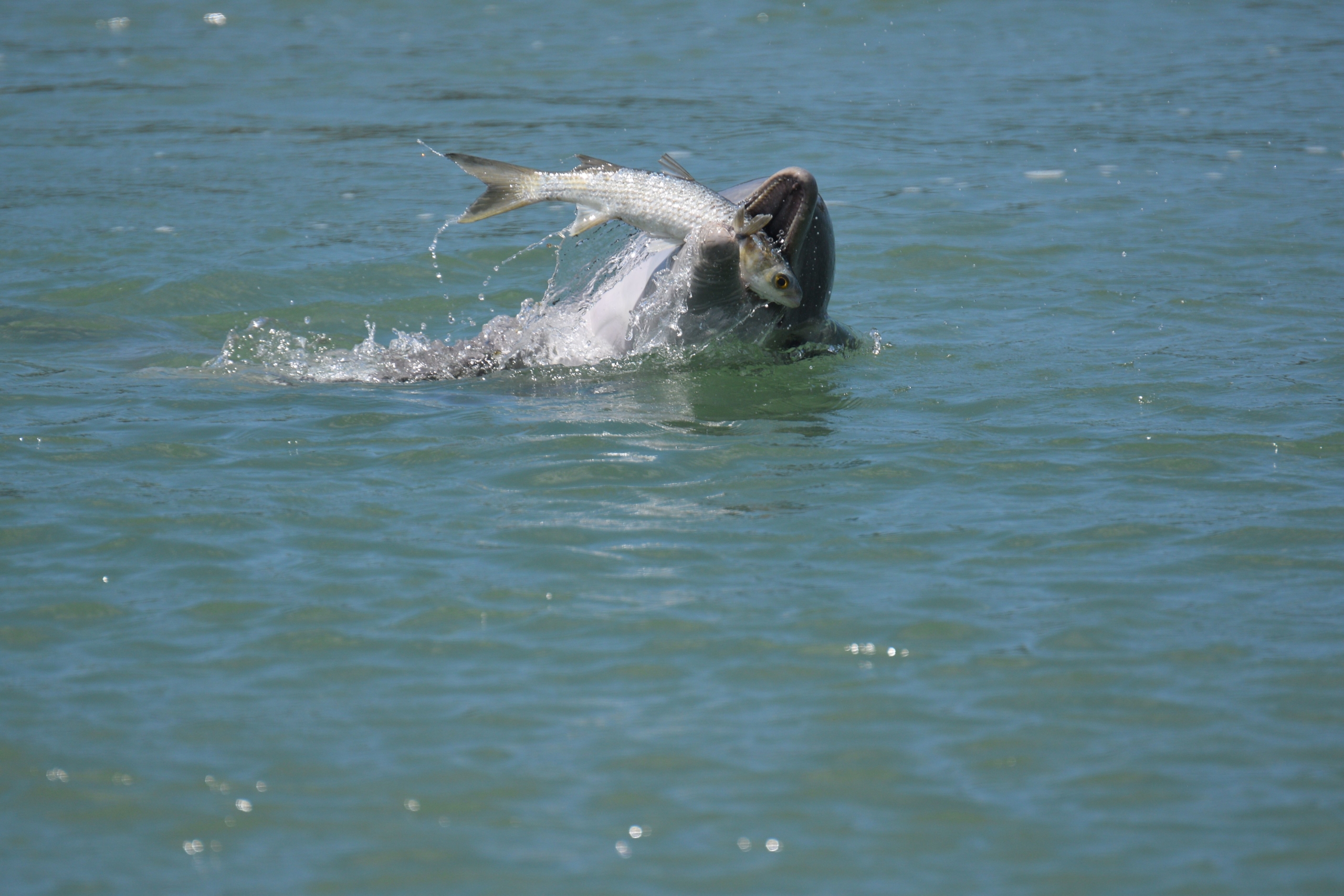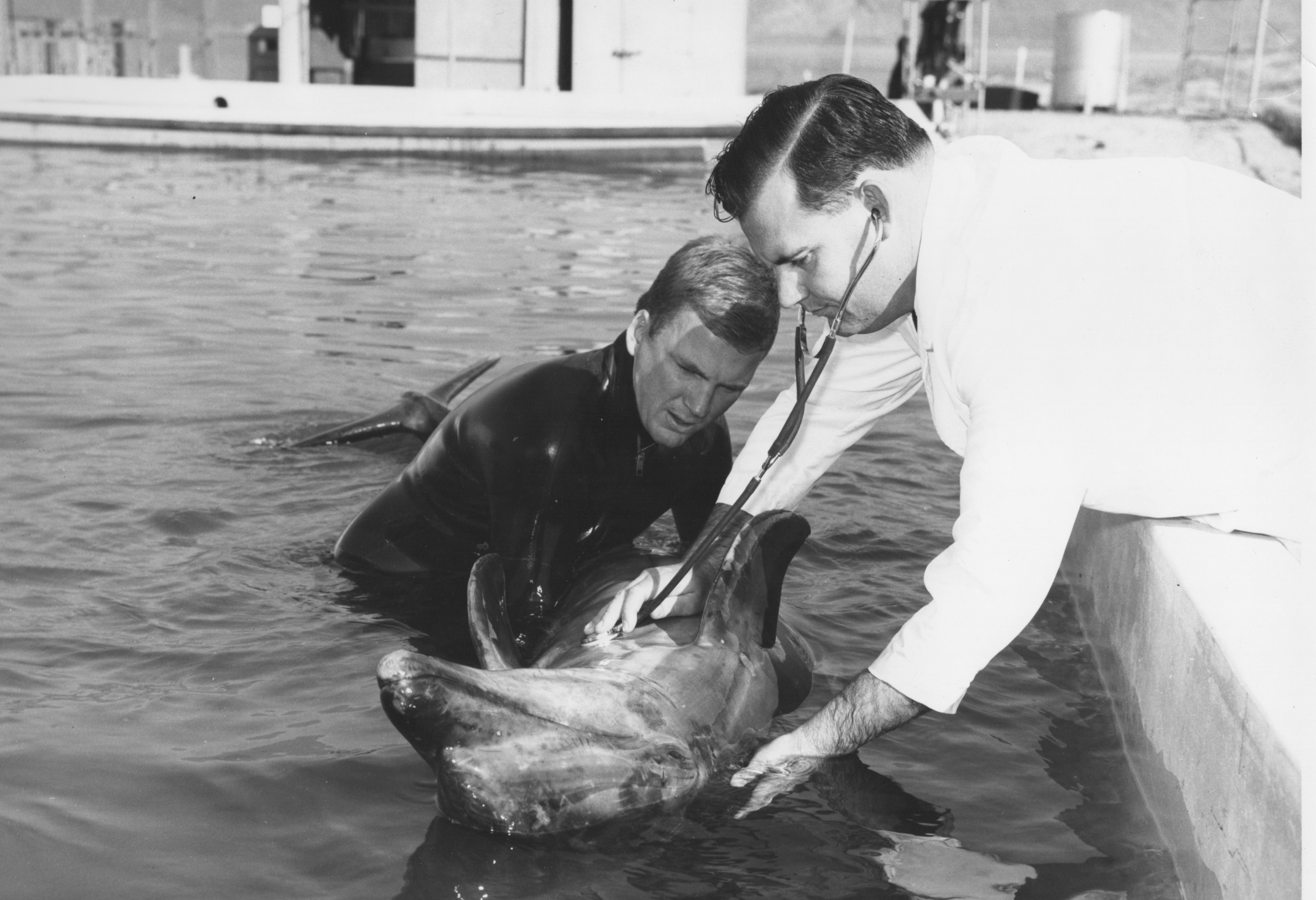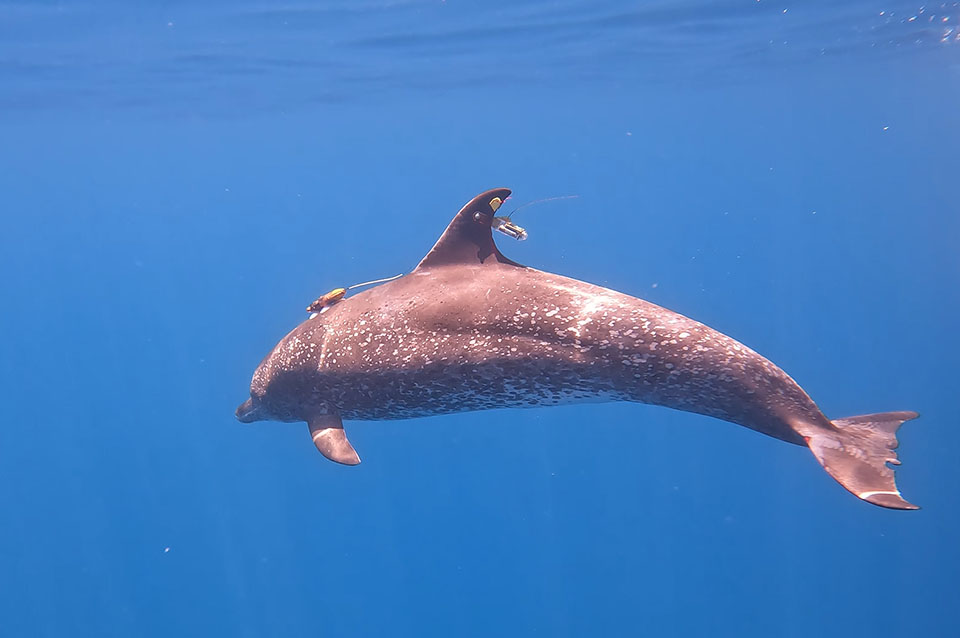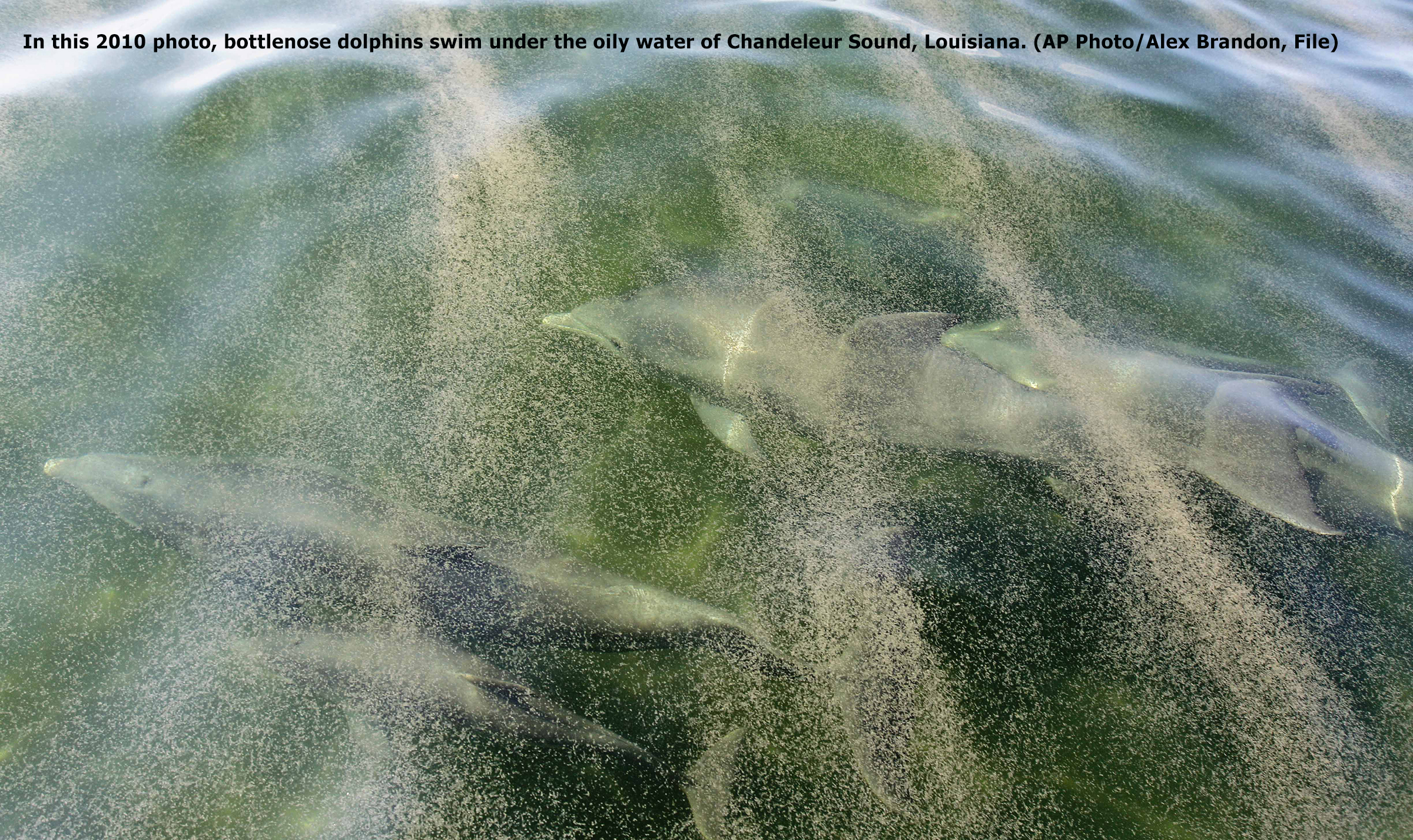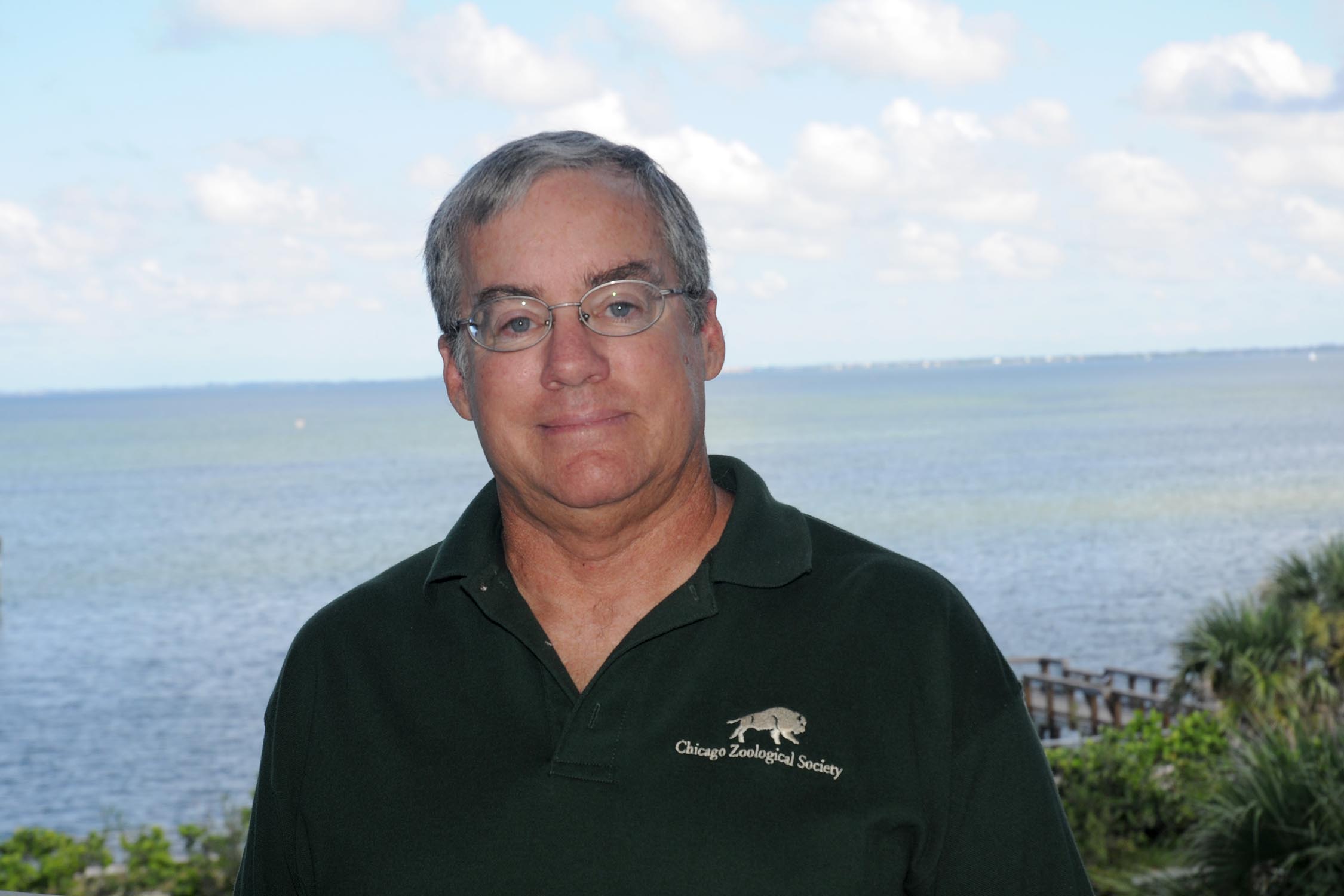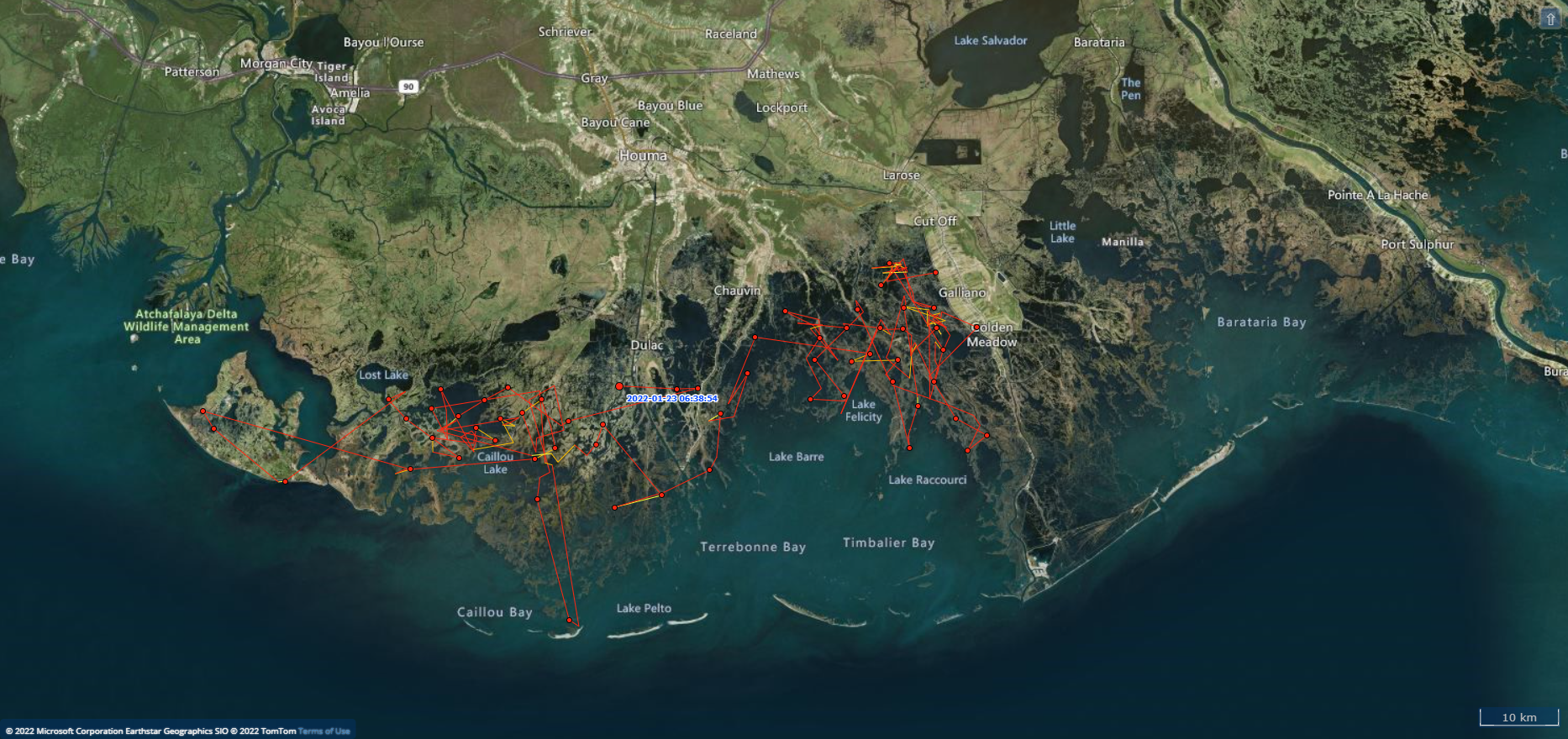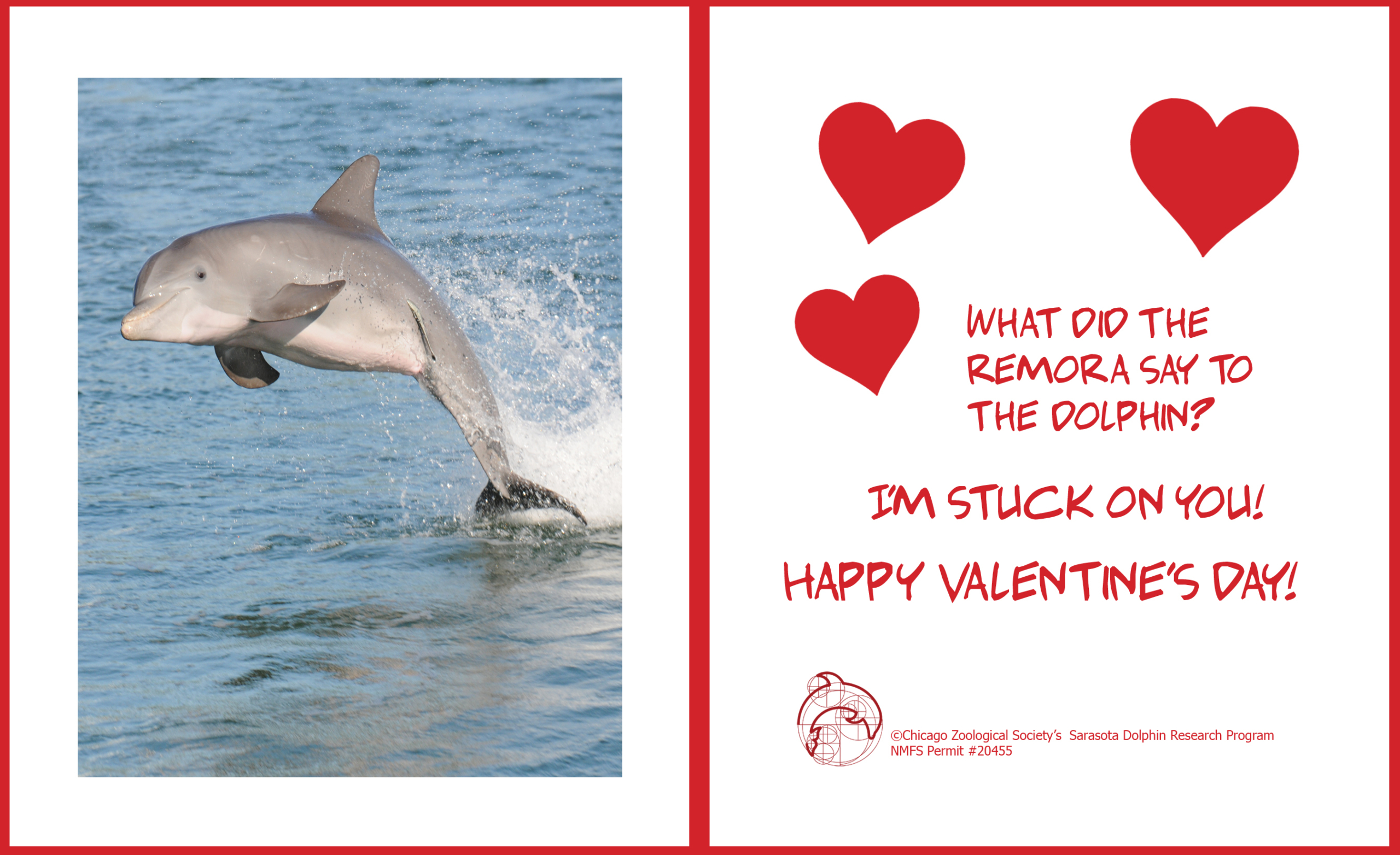Understanding Animal Residency
Nadine Slimak2022-08-24T13:24:18+00:00What is animal residency and how do we define and measure it? In marine mammal research, residency is often used to describe the place that animals (or groups of animals) occupy in a given geographic space over a long period of time. In fact, the SDRP made the discovery that bottlenose dolphins can form




